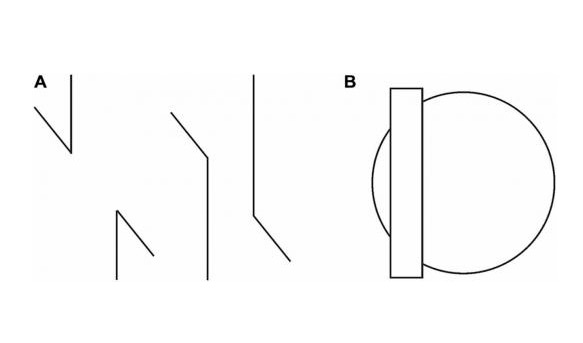Are You Good In Optical Illusion Games?

Illusion games are very mind-tricking because you never know what you will get. Take this interesting quiz and find out if you are that good at optical illusion games. From tricky images to hidden ones, they are fun to figure out. With no further adieu, take our quiz and show how much you know about optical illusion games. If you like the quiz, do share it with your friends and family. All the best!
- 1.
Which visual illusion is also known as the Pac-man illusion?
- A.
The Sunflower Chaser
- B.
The Tulip Chaser
- C.
The Lilac Chaser
- D.
The Rose Chaser
Correct Answer
C. The Lilac ChaserExplanation
The Lilac Chaser is also known as the Pac-man illusion because it creates the illusion of a rotating disc with lilac-colored dots disappearing and reappearing in a circular pattern. This illusion is similar to the popular video game character Pac-man, who also moves in a circular motion and "eats" dots. Therefore, the Lilac Chaser is commonly referred to as the Pac-man illusion.Rate this question:
-
- 2.
Which visual illusion evokes the perception of an edge without a luminance or color?
- A.
Necker Cube
- B.
Illusory motion
- C.
Illusory contours
- D.
The Lilac Chaser
Correct Answer
C. Illusory contoursExplanation
Illusory contours refer to the perception of edges or boundaries in an image where there are no actual luminance or color differences. This means that even though there are no physical lines or edges present, our brain constructs them based on the surrounding context and visual cues. Illusory contours can create the illusion of shapes or objects that are not actually there, tricking our perception into seeing edges that are not actually present in the image.Rate this question:
-
- 3.
Which optical illusion was introduced in 1832?
- A.
The Orbison illusion
- B.
The Necker cube
- C.
The Jastrow illusion
- D.
The café wall illusion
Correct Answer
B. The Necker cubeExplanation
The Necker cube is an optical illusion that was introduced in 1832. It is a two-dimensional drawing that can be perceived as a cube in two different orientations. This illusion demonstrates how our brain can interpret ambiguous information and switch between different perceptions. The Necker cube is a classic example of how perception can be influenced by visual cues and how our brain fills in missing information to create a coherent image.Rate this question:
-
- 4.
Which optical illusion was first introduced in 1939 in America?
- A.
The Fraser Spiral Illusion
- B.
The Checker Shadow illusion
- C.
The Ambiguous image
- D.
The Orbison Illusion
Correct Answer
D. The Orbison Illusion -
- 5.
Which optical illusion exploits graphical similarities?
- A.
The Holler Illusion
- B.
The Impossible Trident
- C.
Ambiguous images
- D.
The Jastrow illusion
Correct Answer
C. Ambiguous imagesExplanation
Ambiguous images exploit graphical similarities to create optical illusions. These images have multiple possible interpretations, where different viewers may perceive different objects or scenes within the same image. This is achieved through clever use of shapes, colors, and patterns that can be perceived in more than one way, leading to confusion and ambiguity.Rate this question:
-
- 6.
What type of optical illusion is a geometrical optical illusion?
- A.
Illusory contours
- B.
The Jastrow illusion
- C.
The café wall illusion
- D.
Ebbinghaus illusion
Correct Answer
C. The café wall illusionExplanation
The café wall illusion is a type of geometrical optical illusion. This illusion involves a pattern of alternating black and white tiles, which appear to be sloping or curved when they are actually straight and parallel. The illusion is caused by the way our visual system processes the contrast and positioning of the tiles. The café wall illusion is a classic example of how our perception can be influenced by the arrangement of simple geometric shapes.Rate this question:
-
- 7.
Which optical vision is based on relative size perception?
- A.
Ebbinghaus illusion
- B.
Zollner illusionjavascript:void(0)
- C.
Illusory motion
- D.
Fraser spiral illusion
Correct Answer
A. Ebbinghaus illusionExplanation
The Ebbinghaus illusion is based on relative size perception. In this illusion, a central circle is surrounded by smaller circles and another central circle is surrounded by larger circles. Despite the fact that the central circles are the same size, the one surrounded by smaller circles appears larger than the one surrounded by larger circles. This illusion demonstrates how our perception of size can be influenced by the surrounding context.Rate this question:
-
- 8.
Which optical illusion was first explained by a British psychologist in 1908?
- A.
The Hering illusion
- B.
The Orbison illusion
- C.
The Fraser spiral illusion
- D.
The Poggendorff illusion
Correct Answer
C. The Fraser spiral illusionExplanation
The Fraser spiral illusion is an optical illusion where a spiral appears to be expanding outwards, even though it is actually a series of concentric circles. This illusion was first explained by a British psychologist in 1908. The illusion occurs due to the combination of the shape and the arrangement of the lines, which creates the perception of a spiral. This explanation helps us understand why we perceive the spiral motion, even though it is not actually present.Rate this question:
-
- 9.
Which optical illusion proves that a color may appear different depending on its relation to adjacent colors?
- A.
The Bezold effect
- B.
The café wall illusion
- C.
The Poggendorff illusion
- D.
The Checker shadow illusion
Correct Answer
A. The Bezold effectExplanation
The Bezold effect is an optical illusion that demonstrates how a color can appear different depending on its surrounding colors. This phenomenon occurs when a color is surrounded by different colors, causing a shift in perception of the original color. This effect is often observed in textile and interior design, where the color of a fabric or wall can appear different depending on the colors surrounding it.Rate this question:
-
- 10.
Which optical illusion is a geometrical-optical illusion that involves the misperception of the position of one segment of a transverse line ?
- A.
The Hering illusion
- B.
The Bezold effect
- C.
The Poggendorf illusion
- D.
The Jastrow illusion
Correct Answer
C. The Poggendorf illusionExplanation
The Poggendorf illusion is a geometrical-optical illusion that involves the misperception of the position of one segment of a transverse line. In this illusion, a diagonal line is interrupted by a rectangle, causing the diagonal line to appear misaligned. This misalignment occurs because our brains struggle to accurately perceive the position of the interrupted line segment, leading to the illusion of a misaligned line.Rate this question:
-
Quiz Review Timeline +
Our quizzes are rigorously reviewed, monitored and continuously updated by our expert board to maintain accuracy, relevance, and timeliness.
-
Current Version
-
Nov 16, 2023Quiz Edited by
ProProfs Editorial Team -
Apr 20, 2017Quiz Created by
Anouchka
 Back to top
Back to top




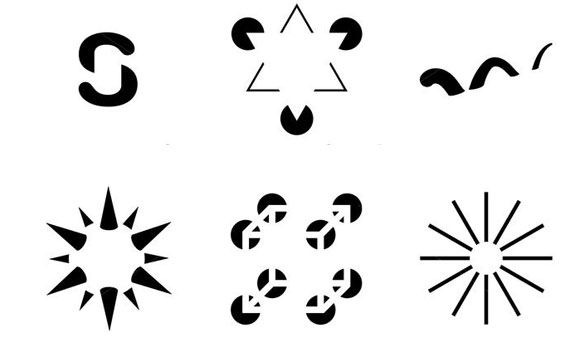
.jpg)
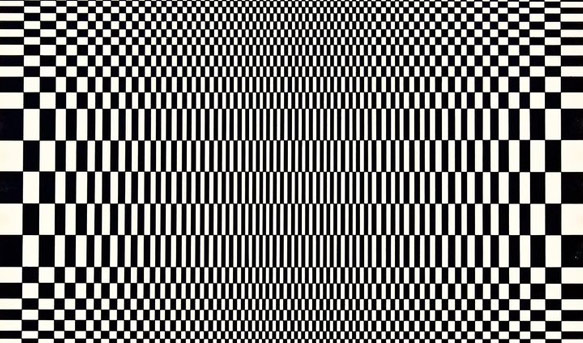
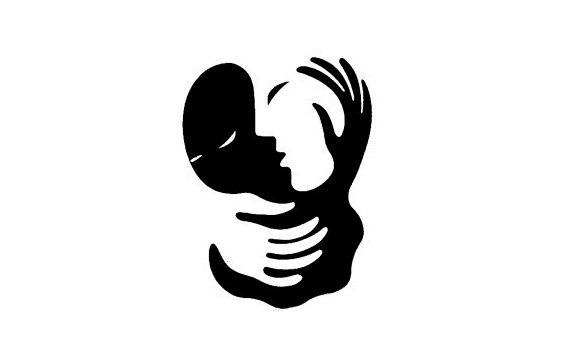
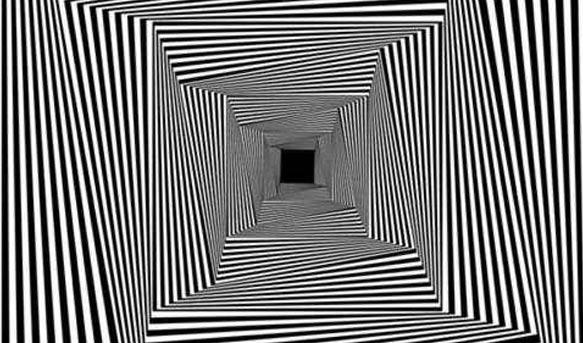
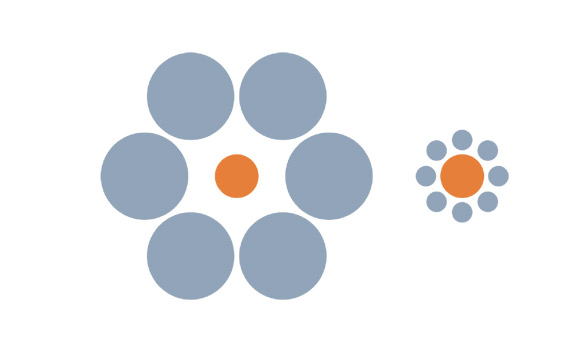
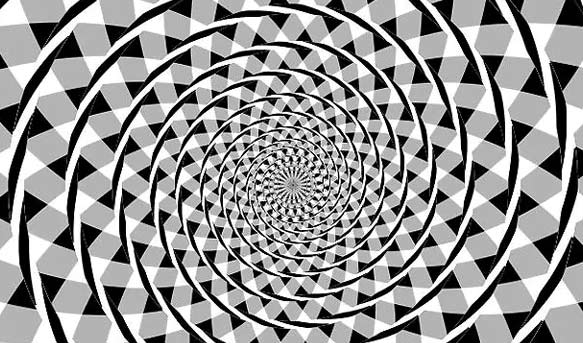
.jpg)
